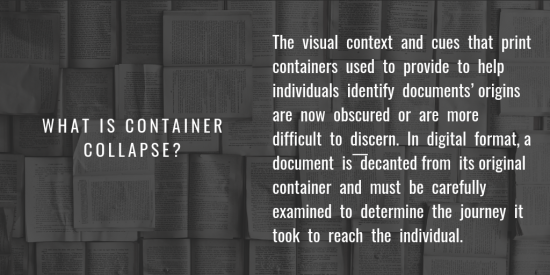A Module for your Delight
All of this thinking about evaluating resources has inspired me to create a module — Evaluating Resources. It serves as an introduction to types of resources and how to evaluate them for first year college students.
I love teaching information literacy to first year college students. They are so passionate and their topics show great concern: safety of self-driving cars, LGBTQ sex ed, anti-vaxxers, the environment. They are often focused on WHY something is going on. It’s my job to help them focus their topic into a paper that takes the form of an argument on how to go about things better in this world and to use supporting evidence. Hence my module on evaluating sources.
Loom vs. Kaltura
A few posts ago, I asked your thoughts on Loom and Animoto. Now I’d like to know if anyone out there has used Kaltura. I used Loom for this module but am extremely disappointed by their not providing captions in the “freemium” version — so I added a transcript to my Evaluating Resources module instead of providing captions. But I’d prefer to provide captions! Kaltura provides captions but I don’t like the way you can’t control the “picture in picture” function easily. Then there’s the fact that Adobe Express — which I used to create the module — doesn’t make it easy to embed a video unless it’s an Adobe-created thing.
Enough with the whining.
What should I do about making my screen cast accessible with captions? Talk to me.
Feedback
Please give me some feedback on Evaluating Resources — I’m all about the improvement-through-feedback thing.


